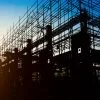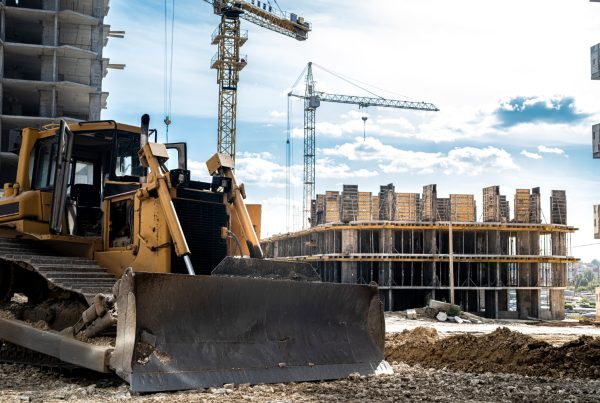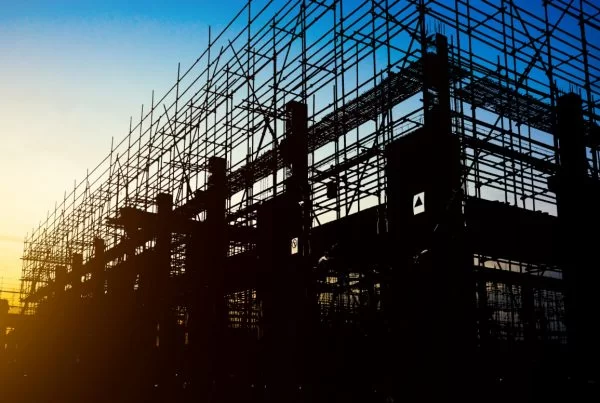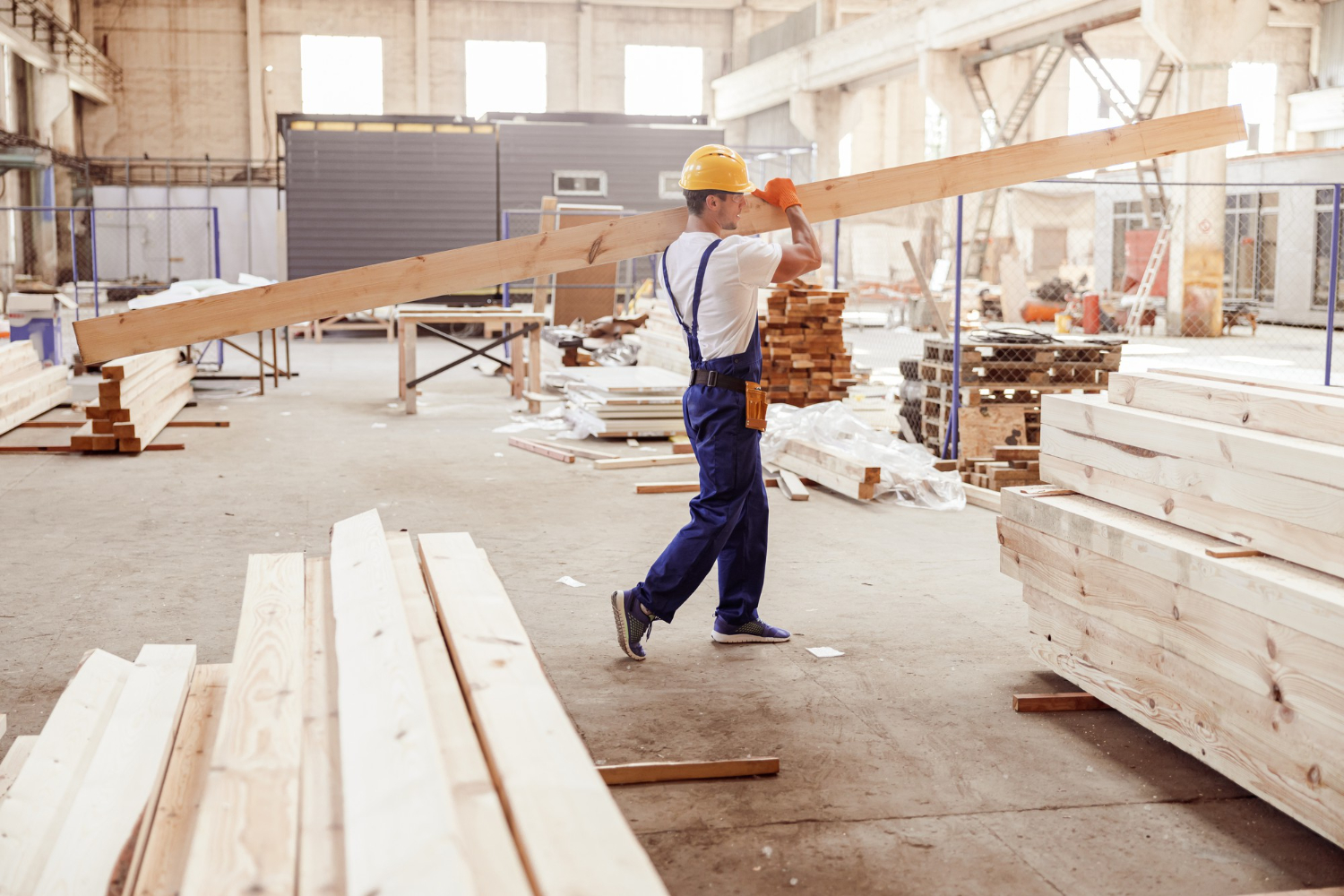
Theory becomes reality in the many timber-based projects already transforming skylines around the world. Rubner Timber Engineering has been at the forefront of these landmark developments, showcasing the diverse applications and scalability of engineered timber in both public and private infrastructure.
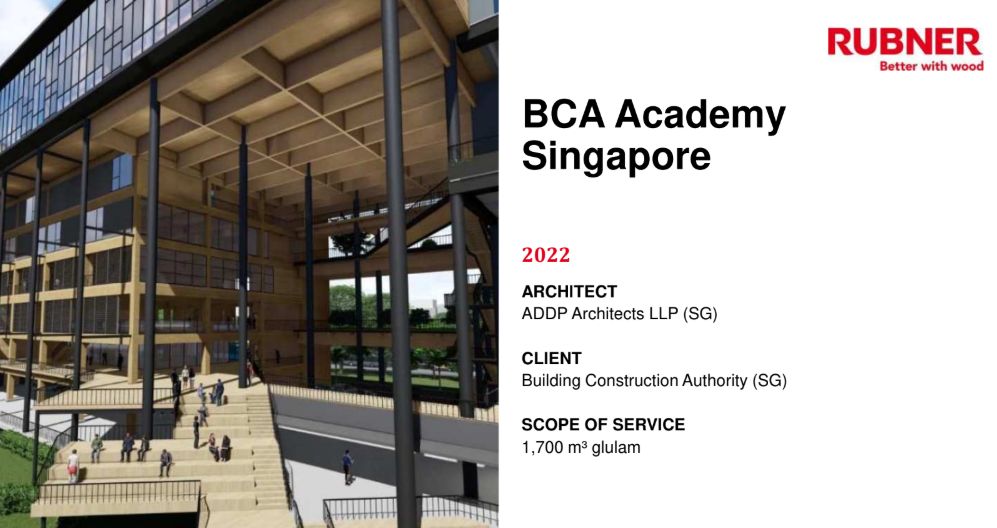
One such example is the BCA Academy in Singapore. Built using 1,700 m³ of glulam, the structure stands as a testament to the viability of timber in tropical climates. Special consideration was given to termite protection, humidity control, and structural fire safety – all of which were managed through smart design and material treatment. The result is a modern educational facility that embodies sustainability and innovation.
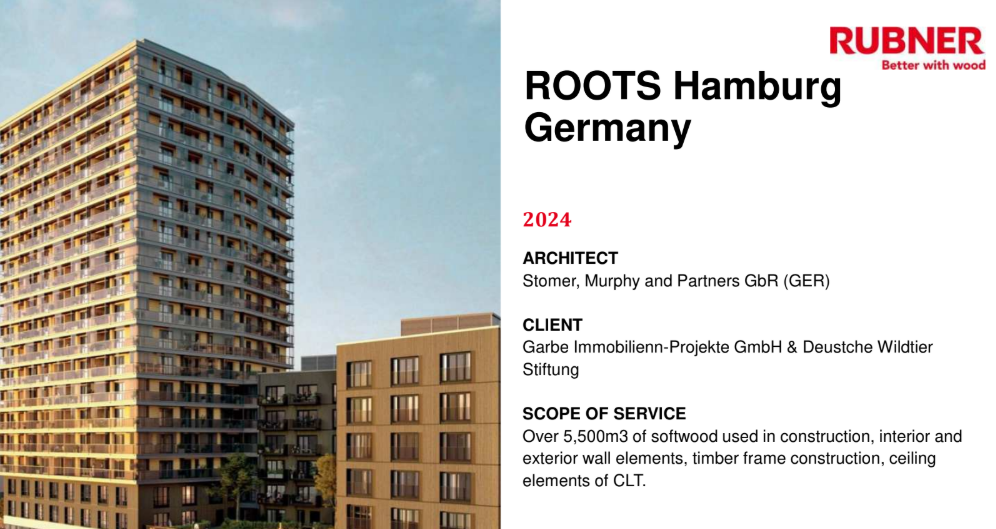
In Germany, the ROOTS Hamburg residential project pushes the limits of multistory timber design. Using over 5,500m³ of softwood, the development features timber frame walls, CLT ceilings, and wood-based façades that blend seamlessly into the urban context. It’s a striking example of how timber can thrive in dense, high-rise environments without compromising aesthetics or structural integrity.
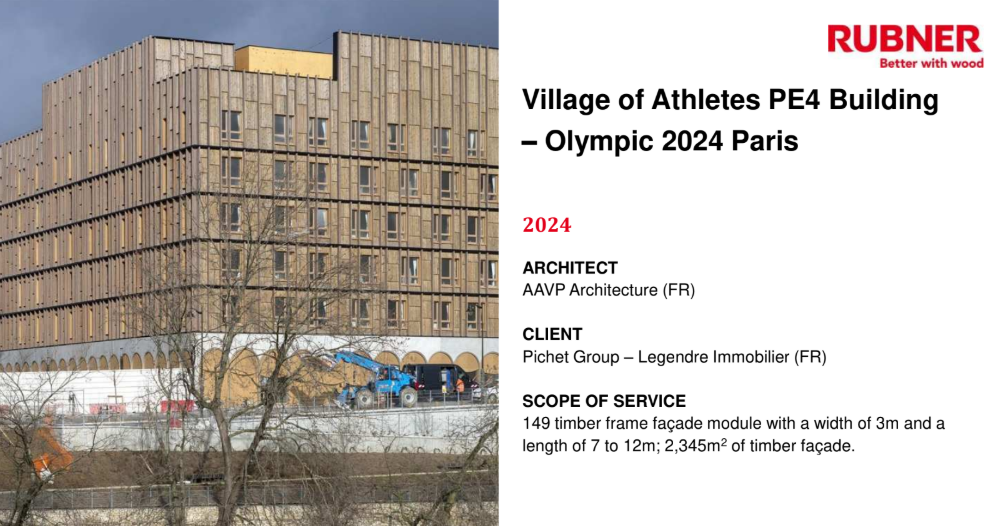
Timber has also taken centre stage on the global sports stage. The Olympic Village in Paris 2024 incorporates massive timber façades and frame modules. Sustainability was a key mandate for the games, and timber’s low environmental impact made it the ideal solution for fast, efficient, and beautiful construction.
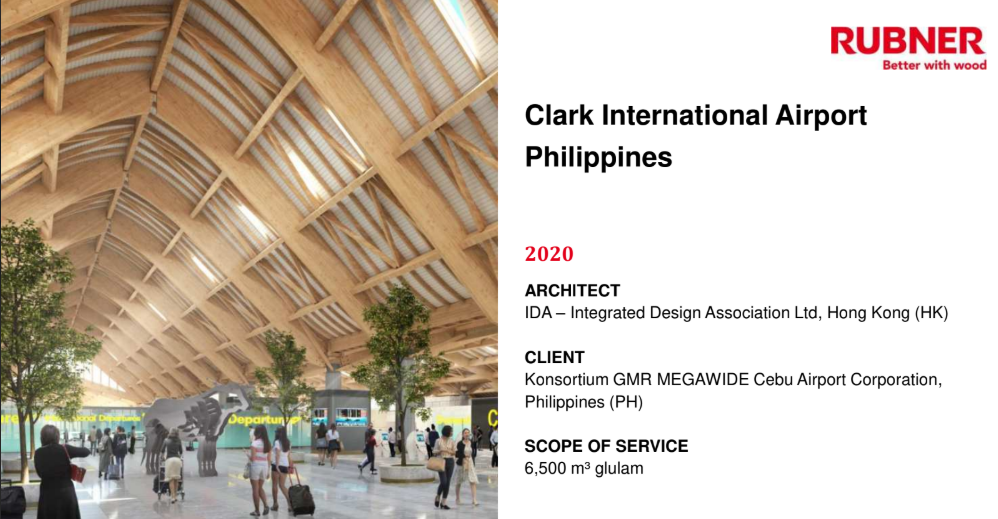
In Southeast Asia, airports such as Clark International and Mactan Cebu have utilised thousands of cubic meters of glulam to construct visually stunning terminal buildings featuring large open spans and natural ventilation. These projects not only improve infrastructure but also serve as regional icons of sustainable development.
What ties these diverse projects together is a commitment to building better, and timber has made it possible. Through innovative design, precise engineering, and environmentally responsible sourcing, these landmarks prove that timber is not just a nod to the past. It’s the foundation of the future.
Related articles
Part 1: Unlocking the Future of Construction Through Timber



